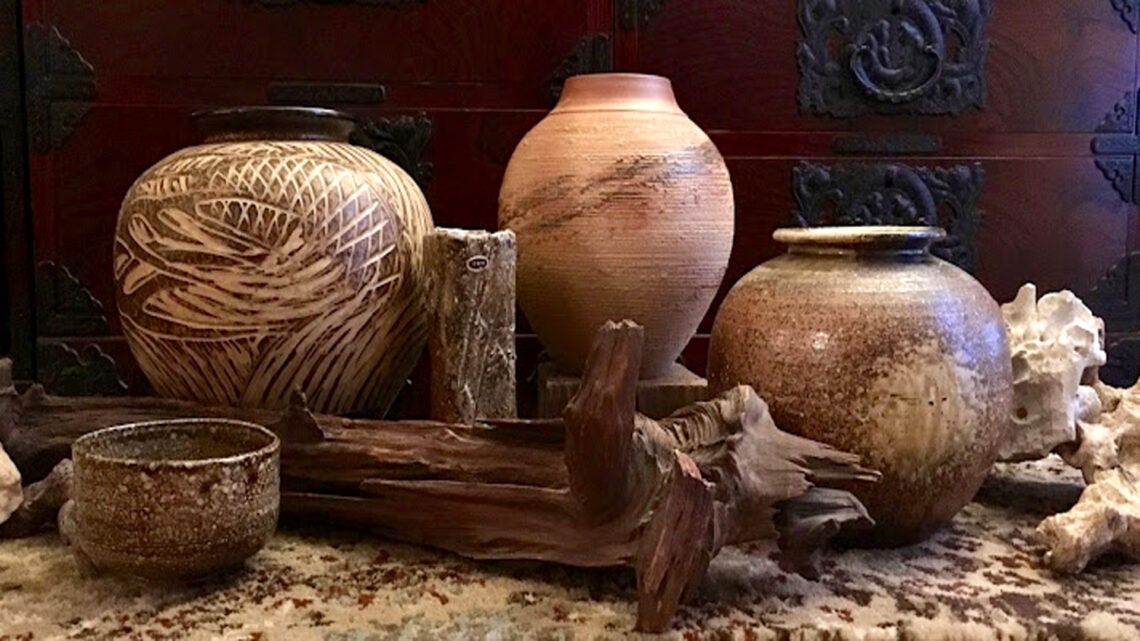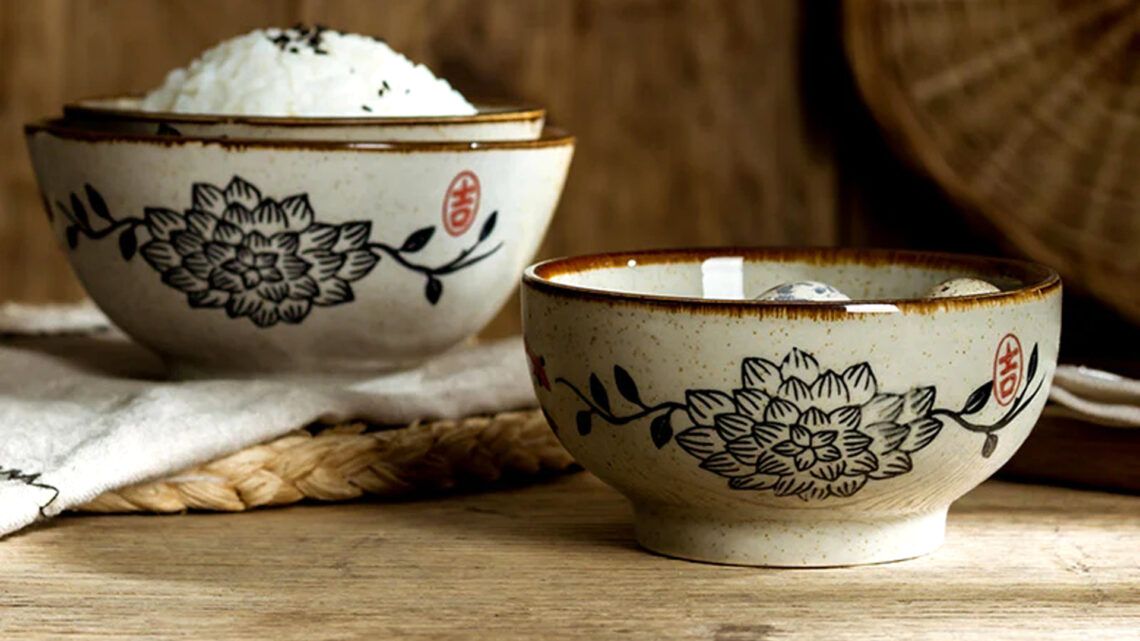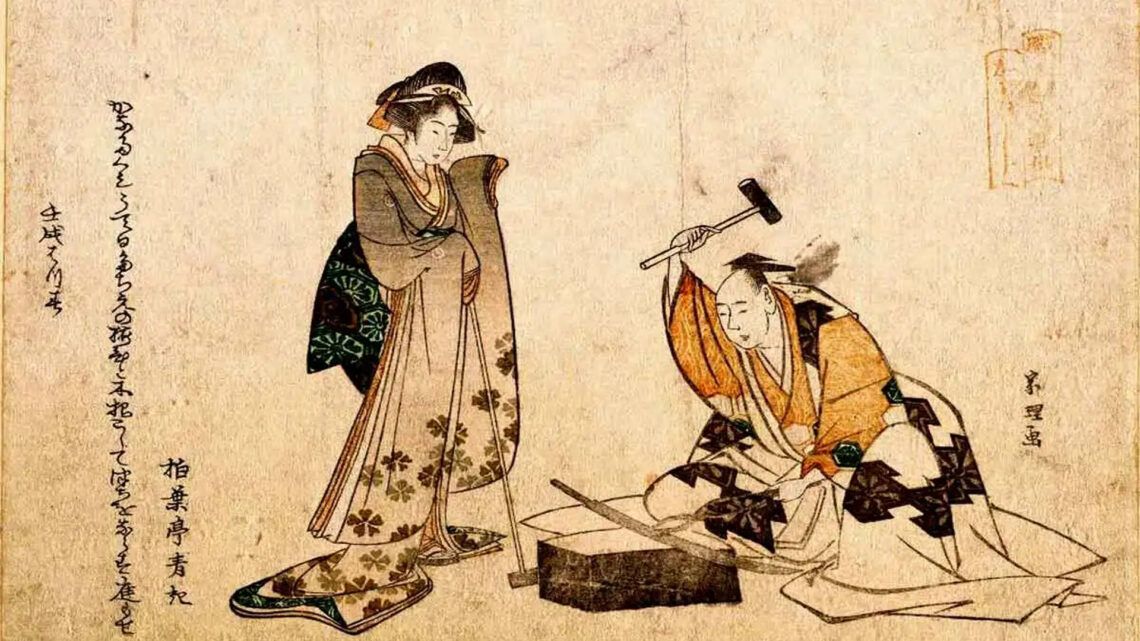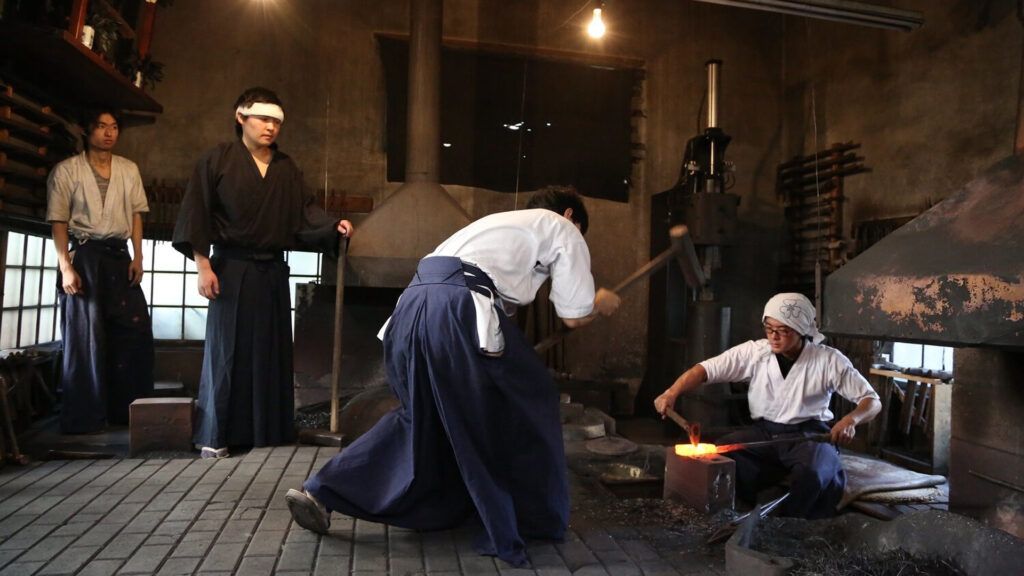
The Japanese swordsmithing art, also known as “Tameshigiri,” is a centuries-old craft that holds deep cultural significance in Japan while simultaneously representing a fascinating technique of metalworking. This tradition dates back to early Japanese history when the sword served not only as a weapon but also as a symbol of power, honor, and spirituality.
The development of Japanese swordsmithing can be traced back to the Heian period (794-1185 AD), where the production of swords played a significant role in the Japanese warrior code, Bushido. During this time, swordsmiths, known as “Katanakaji,” were highly esteemed and enjoyed a special status in society.
A pivotal moment in the history of Japanese swordsmithing was the introduction of Damascus steel, also known as “Tamahagane.” This unique steel was extracted from iron sand, which was melted in special furnaces called “Tatara.” The production of Tamahagane was an extremely complex process that required both technical skill and spiritual purity.
The swordsmiths utilized their skills and knowledge to forge Tamahagane into fine layers, creating the distinctive pattern of Damascus steel. This pattern, known as “Hada,” is one of the most prominent features of Japanese swords, imparting a unique and individual aesthetic to each sword.
In addition to Tamahagane, the choice of the right hardening technique was crucial for the quality of a Japanese sword. Swordsmiths employed a method called “Yaki-ire,” where the sword was heated multiple times and then quenched in water or oil to achieve the desired hardness and flexibility. This careful balance between hardness and flexibility was crucial for the performance of a sword in combat.
Another significant aspect of Japanese swordsmithing was the design of the blade shape and cutting edge. Over time, swordsmiths refined their techniques and developed various styles and forms of swords, each optimized for specific combat techniques and situations. From the straight blades of the “Tachi” to the curved blades of the “Katana” and “Wakizashi,” there were a variety of variations, each possessing a unique function and aesthetic.
In addition to craftsmanship, the spiritual dimension also played an important role in Japanese swordsmithing. Many swordsmiths viewed their work as a form of meditation, striving to align body, mind, and soul while forging the sword. This spiritual connection to the craft helped imbue each sword with a special aura and significance.
The significance of swordsmithing also extended to the aesthetics and symbolism of the swords themselves. Each sword was not only seen as a weapon but also as a work of art that reflected the personality and status of its owner. From elaborate engravings and decorations to intricate handle wrappings and sword scabbards, Japanese swords often became precious collector’s items and status symbols.
Over time, while Japanese swordsmithing lost its military significance, it retained its cultural and spiritual appreciation. Even today, there are master swordsmiths who preserve and pass on the traditional techniques and principles of swordsmithing. Through their dedication and devotion, they contribute to keeping the rich tradition of Japanese swordsmithing alive in the modern world.
The religious aspects of swordsmithing
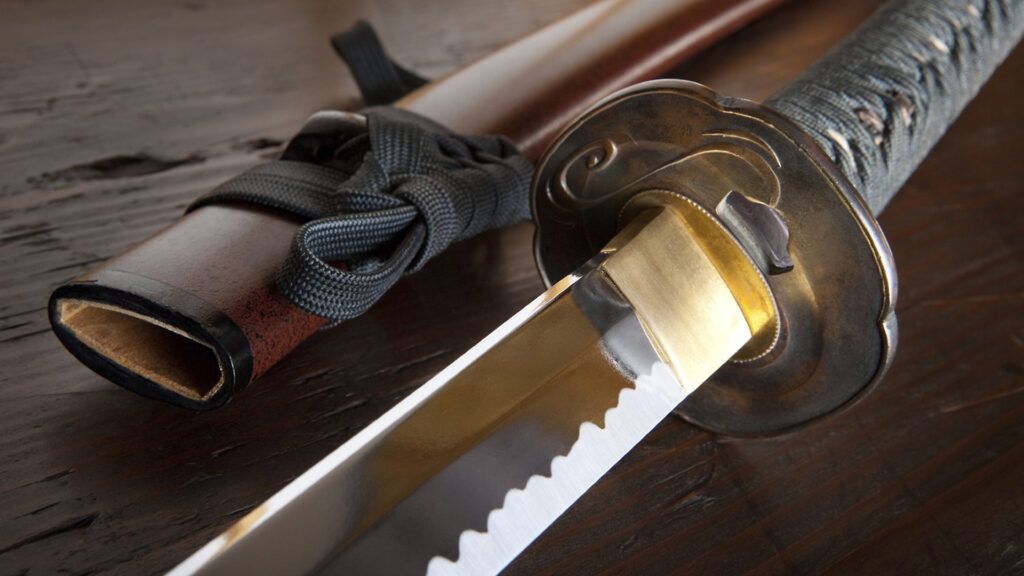
The religious aspects of Japanese swordsmithing are deeply rooted in Shinto and Buddhist traditions. Both Shintoism and Buddhism have a strong influence on Japanese culture and art, including swordsmithing.
In Shintoism, natural objects and phenomena are considered divine, and swordsmithing was no exception. Swordsmiths regarded their tools, especially their forging hammers and anvils, as sacred and treated them with utmost respect. They practiced rituals and ceremonies to invoke blessings and protection from the gods for their work. Furthermore, the swords themselves were often viewed as holy objects imbued with divine power and spirituality.
Buddhism also had a profound impact on swordsmithing. Buddhist concepts such as compassion, mindfulness, and the pursuit of enlightenment were integral to the lifestyle of many swordsmiths. During the forging process, they often practiced meditation to clarify their thoughts and execute their actions with utmost precision. This spiritual practice helped ensure that each sword was not just a weapon but also a symbol of harmony and balance.
Some swordsmiths were even monks who considered their craft a form of spiritual discipline. They saw the art of swordsmithing as a means to advance their spiritual development and transcend the limits of their own abilities. For them, crafting a sword was not just a manual act but also a spiritual journey that brought them closer to enlightenment.
Moreover, many swords were inscribed with Buddhist scriptures containing prayers, mantras, or spiritual symbols. These inscriptions were intended not only to offer protection to the bearer but also to convey positive energy and spiritual guidance. Swordsmiths considered it their duty to create not only high-quality swords but also items of spiritual value that could provide comfort and inspiration to their owners.
Overall, the religious aspects of Japanese swordsmithing were intricately woven into the practice and philosophy of the craft. Both Shintoism and Buddhism played significant roles in shaping the mindset and values of swordsmiths, and their spiritual dedication helped ensure that each sword was not just a material object but also a symbol of spiritual quest and enlightenment.
The regional aspects of swordsmithing
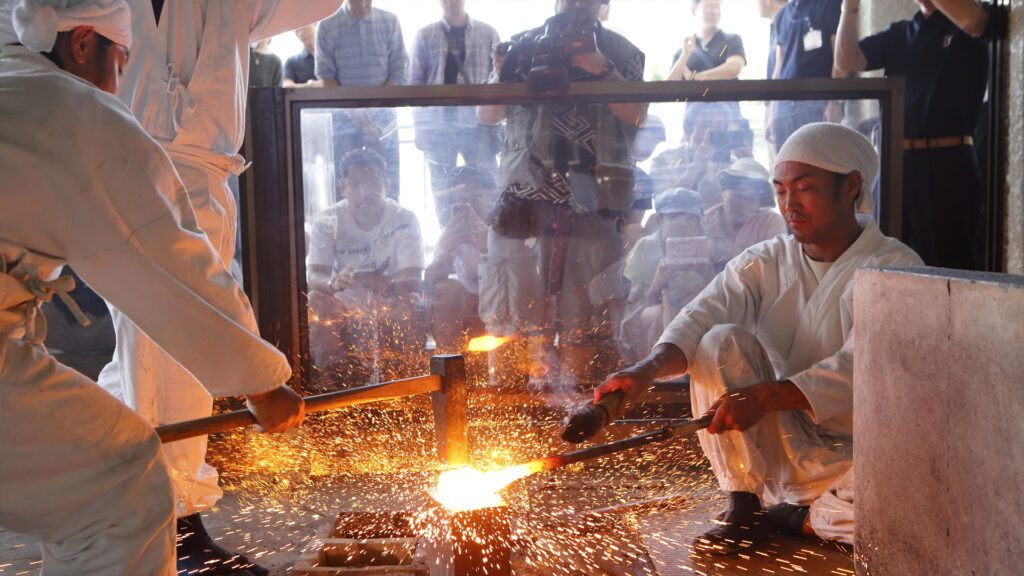
Japanese swordsmithing is not only a nationwide tradition but also exhibits regional differences influenced by various smithing schools and masters. These regional aspects have played a significant role throughout the history of Japanese swordsmithing, contributing to the diversity and innovation of the craft.
One of the most renowned regions for swordsmithing is the Bizen province, famous for its high-quality swords made from Bizen steel. Bizen swordsmiths were celebrated for their traditional manufacturing methods and their ability to produce high-quality swords with unique hardness and cutting ability. These swords were often prized by samurai and daimyo, symbolizing strength and prestige.
Another significant region for Japanese swordsmithing was the Yamato province, known for its innovative techniques and designs. Yamato swordsmiths experimented with different materials and manufacturing processes to create swords with improved characteristics. Their creations were often lighter and swifter than traditional swords from other regions, valued by warriors who emphasized agility and mobility in combat.
Additionally, there were regional smithing schools, each developing its own techniques and styles. These schools were often led by master swordsmiths who passed down their knowledge and skills to their students. Each smithing school had its own traditions and secrets handed down through generations, contributing to the diversity and innovation of Japanese swordsmithing.
Another important regional aspect of Japanese swordsmithing was the proximity to natural resources and materials. The availability of certain ores and woods varied by region, and swordsmiths adapted their manufacturing techniques accordingly. Some regions were known for their high-quality iron ores, while others were known for their special woods used for sword sheaths and handles. These regional differences contributed to each sword having a unique connection to nature and local culture.
Overall, the regional aspects of Japanese swordsmithing were crucial to its diversity and development. By combining different traditions, techniques, and materials from various regions, swordsmiths created a rich heritage of swords admired and cherished to this day.
Regional differences in Japanese swordsmithing are diverse and reflect the unique traditions, techniques, and materials of various regions of Japan. Some of these regional differences include:
Bizen: The Bizen province is known for its use of Bizen steel, a special type of Tamahagane obtained from the iron mines of the region. Bizen swords are characterized by their hard and tough structure, providing excellent cutting ability.
Yamato: In the Yamato province, innovative techniques and designs were developed, resulting in swords that were lighter and faster than traditional ones. Yamato swords were particularly popular among warriors who valued agility and mobility in combat.
Kyoto: As a cultural center of Japan, Kyoto had a number of smithing schools specializing in intricate decorations and engravings. Swords from Kyoto were often adorned with elaborate designs and inscriptions, making them coveted collector’s items.
Osaka: Swords produced in Osaka were known for their elegance and refinement. Osaka swordsmiths placed special emphasis on the aesthetics of their blades and refined their techniques to create swords of exceptional beauty.
Satsuma: The Satsuma province in southern Japan was known for its use of high-quality materials such as Satsuma iron and unique manufacturing processes. Satsuma swords were often robust and durable, prized by samurai who valued reliability and durability.
These regional differences contributed to the diversity and innovation of Japanese swordsmithing, making each sword a unique expression of the cultural and artisanal traditions of its region.
The Art of Swordsmithing and Its Masters

Various famous swordsmith masters have shaped their unique techniques and styles throughout the history of Japanese swordsmithing. Some of these masters and their particularities include:
Masamune: Masamune is regarded as one of the greatest swordsmith masters in Japan’s history. Living in the 13th century, he was known for his exceptional craftsmanship and strict quality control procedures. Masamune’s swords were distinguished by their outstanding cutting ability, balance, and elegance.
Muramasa: Muramasa was a swordsmith master from the 16th century, renowned for his aggressive and powerful swords. His blades were considered exceptionally sharp and effective in combat, but also “cursed,” as they were believed to incite bloodlust and calamity.
Sengo Muramasa: Also known as “New Muramasa,” he was a swordsmith master of the 17th century and a descendant of the original Muramasa. His swords were known for their high quality and sharpness, valued by many samurai.
Goro Nyudo Masamune: This Masamune, also known as “Goro Nyudo Masamune,” was another master of the 14th century, creating some of the most renowned and highly respected swords of his time. His swords were often referred to as “Masamune Juttetsu” and were known for their exceptional beauty and craftsmanship.
Kanemoto: Kanemoto was a swordsmith master of the 16th century, creator of swords with distinctive trademarks known as “Gomabashi.” These trademarks were cross-shaped grooves engraved into the blade, serving to lighten the blade and improve its balance.
Awataguchi Yoshimitsu: Another Yoshimitsu who lived in the 14th century and established the Awataguchi swordsmithing school. His swords were characterized by their exquisite craftsmanship and unique patterns, resulting from the use of Tamahagane and special forging techniques.
Yasutsuna: Yasutsuna was a legendary swordsmith master from the 10th century, one of the earliest to elevate swordsmithing to a highly esteemed art form. His swords were known for their exceptional sharpness and durability, valued by samurai throughout the region.
Kanefusa: Kanefusa was a master of the 16th century and one of the most significant smiths of his time. He was known for his ability to craft swords of exceptional quality and beauty, valued both in combat and as artworks.
Munechika: Munechika was a legendary swordsmith master from the 10th century and one of the founders of the Sanjo school. His swords were known for their clean lines and simple elegance, valued by samurai for their high quality and performance.
Ichimonji Norimune: Norimune was another significant swordsmith master of the 14th century, creator of swords with a distinctive “Ichimonji” marking on the blade. His swords were known for their exceptional hardness and sharpness, highly valued by samurai throughout the region.
Go Yoshihiro: Go Yoshihiro was a master of the 14th century and a creator of swords known for their impressive beauty and craftsmanship. His swords were often prized by samurai families across Japan as symbols of strength and prestige.
Yoshimitsu: Yoshimitsu was a legendary swordsmith master from the 12th century and one of the founders of the Soshu school. His swords were distinguished by their exceptional beauty and craftsmanship, known for their soft, undulating Hada and clear Hamon lines.
These masters and their swords have significantly influenced Japanese swordsmithing and contributed to making it one of the most famous and highly respected crafts in the world.
The Samurai culture and the art of swordsmithing

The Samurai culture, closely linked with the Japanese art of swordsmithing, has had a tremendous influence on Japanese society and identity. The Samurai, who served as a warrior class in medieval Japan, lived by a strict code of conduct called Bushido, which emphasized values such as honor, loyalty, courage, and self-discipline. The sword, especially the Katana, was not only a tool of combat but also a symbol of Samurai honor and their social status.
The Samurai culture has left its mark on various aspects of Japanese life to this day. Many of the Bushido principles are deeply embedded in the Japanese mentality and continue to influence people’s behaviors and thought patterns. The ideals of honor and loyalty are still present in Japanese business and society today, with many Japanese considering them as crucial foundations for interpersonal relationships and interactions.
Furthermore, the Samurai culture has also had a significant impact on popular culture and Japan’s self-perception. Films, books, manga, and video games based on the stories and legends of the Samurai are popular worldwide, contributing to the spread and perpetuation of the image of the brave and honorable warrior. Even in modern Japanese society, the figure of the Samurai is often seen as a symbol of strength, discipline, and dignity.
In the present day, the roles and functions of the Samurai have naturally evolved as Japan’s feudal order is long gone. However, their legacy remains alive, especially in the tradition of swordsmithing. Many smiths see themselves as guardians of this ancient tradition, striving to preserve the craftsmanship and philosophy of the Samurai for future generations.
There are also modern interpretations and adaptations of Samurai culture. Some individuals, such as martial artists or businessmen, view the teachings of the Samurai as a source of inspiration for personal growth and professional success. The ideas of self-discipline, determination, and strategic thinking are often seen as valuable skills useful in a rapidly changing world.
Overall, the Samurai culture remains an integral part of Japanese heritage and national identity. Its influences extend far beyond Japan’s borders and have shaped the world in many ways. The connection between Samurai culture and swordsmithing is particularly strong and will continue to play an important role in the future as Japan maintains its position as one of the leading nations in art, culture, and tradition.
My Conclusion

The Japanese art of swordsmithing has a long and fascinating history that dates back to ancient Japan. This traditional art form has not only produced the crafting of swords but also had a profound cultural influence on Japanese society and beyond. Despite modern developments and changes in the world, Japanese swordsmithing remains a living heritage, still cherished today by a small yet dedicated community of masters and smiths.
The history of Japanese swordsmithing stretches back to antiquity in Japan when swords were not only seen as weapons but also as status symbols and religious artifacts. The art of swordsmithing evolved over centuries, giving rise to various techniques and styles passed down from generation to generation. One of the most renowned styles is the traditional forging of katanas, symbolic of the samurai warrior class.
Crafting a traditional Japanese sword is an extremely intricate and time-consuming process requiring a high level of craftsmanship and precision. First, high-quality steels are carefully selected, welded together, and forged to create the sword’s characteristic curved shape. Subsequently, the sword is hardened and treated with a special method called differential hardening to produce a sharp edge and a flexible spine.
An important aspect of Japanese swordsmithing is the use of traditional materials and tools that have remained unchanged for centuries. These include charcoal furnaces, hammer and anvil, as well as various types of hammers and chisels. Utilizing these traditional tools requires a high level of skill and experience to wield effectively, with many smiths spending years perfecting their craft.
In addition to mastering the technical aspects of the forging process, cultural and spiritual elements also play a significant role in Japanese swordsmithing. Many smiths view their work as a form of meditation, striving to be in harmony with the material and the universe. This spiritual dimension of swordsmithing is often reflected in the symbols and adornments found on finished swords.
Even in modern times, Japanese swordsmithing continues to hold a strong allure for people around the world, despite advancing technology and societal changes. There remains a demand for high-quality handcrafted swords, whether as collector’s items, works of art, or even functional weapons for martial arts practitioners.
Some modern smiths have also begun combining traditional techniques with contemporary materials and methods to create new and innovative designs. This has led to a renaissance in the world of Japanese swordsmithing, inspiring many young smiths to engage with this ancient art form and carry it into the future.
Despite these advancements, traditional Japanese swordsmithing remains an art form that demands time, patience, and dedication. The masters of this craft are often elderly men who have dedicated their entire lives to studying and perfecting their skills. Their workshops are often small, modest spaces where time seems to stand still and the traditions of the past remain alive.
In a world characterized by rapid change and superficial entertainment, Japanese swordsmithing offers a welcome reminder of the values of craftsmanship, tradition, and spirituality. It reminds us that true mastery takes time and that beauty often lies in simplicity. While Japanese swordsmithing may be an ancient art form, its significance and relevance in today’s modern world are undeniable.
FOR MORE READ MY BOOK: TRADITIONAL CRAFTSMANSHIP IN JAPAN

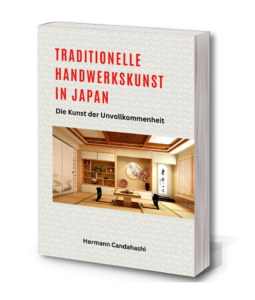
dear readers, like everything created, this book is subject to the principle of wabi-sabi and cannot shed light on all facets and characteristics of this vast area of japanese traditions. nevertheless, it may be suitable to inspire you on a further search for aspects of these fascinating art forms. if i succeed in doing this with you, i will have achieved my goal.
japanese craftsmanship has the unique ability to combine art and functionality. it ranges from the traditional tea ceremony to intricately crafted ceramics, from finely worked wood carvings to stunning textiles. these traditions are passed down from generation to generation and are not only an expression of skill, but also of deep cultural and religious significance. in them, imperfection is not seen as a failure, as it is in western countries, but as a path to a rarely achieved perfection.
japanese craftsmanship is not only a legacy of the past, but also a living heritage that is constantly evolving. modern artisans bring their own creativity to the tradition, creating innovative works that bridge the gap between the past and the future. this synergy between tradition and modernity makes japanese craftsmanship a fascinating and vibrant part of japanese culture…
(available in english and german language)

